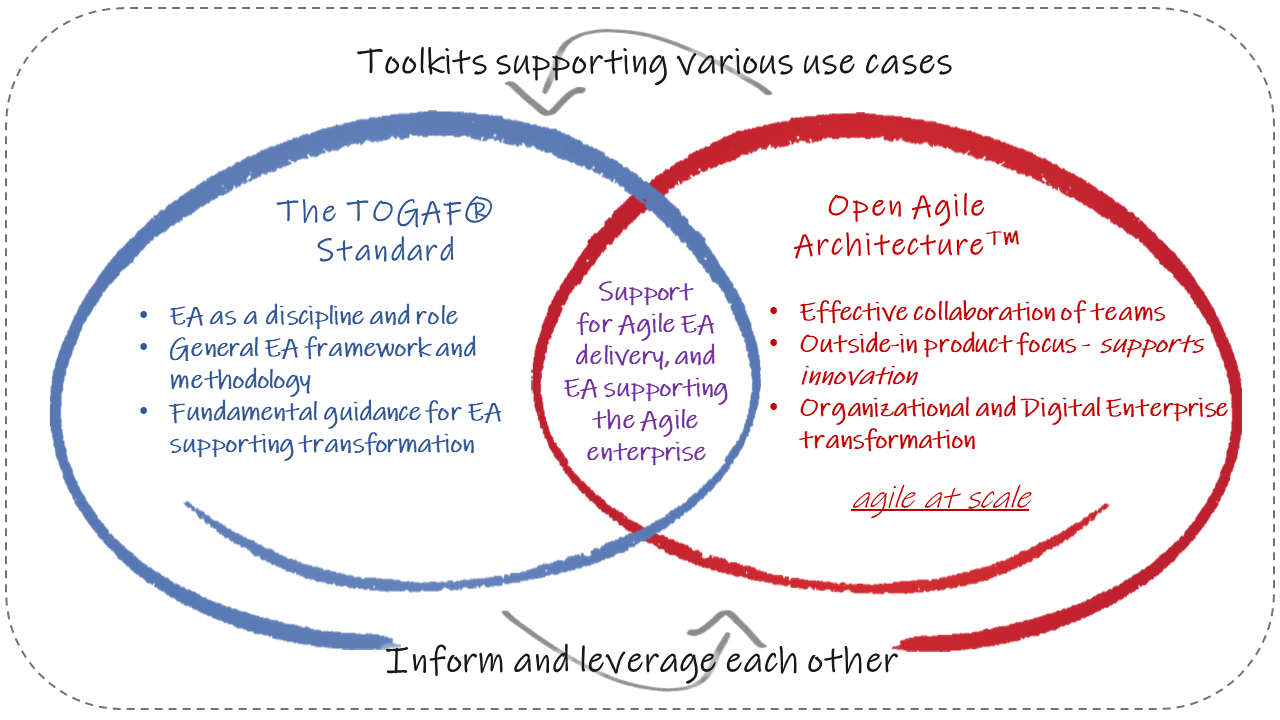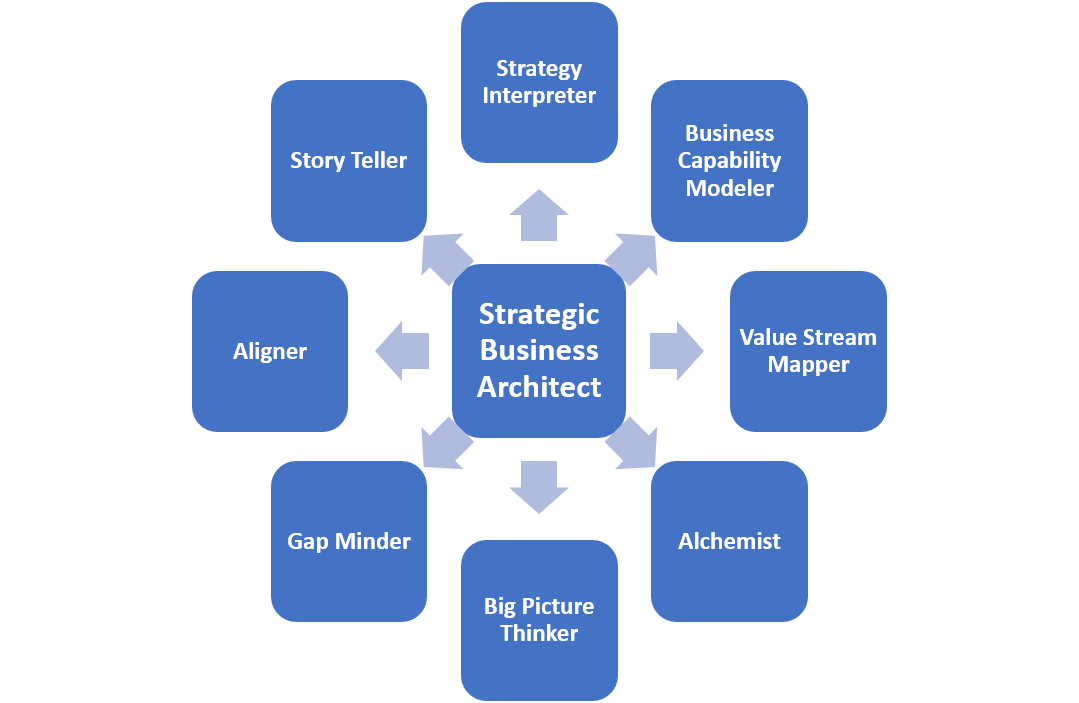The Business Architect's Toolkit: Essential Models and Frameworks
February 28, 2024 in Business architecture, Enterprise architecture7 minutes
This article provides business architects with an in-depth overview of essential business architecture models and frameworks, including business process modeling, enterprise architecture, capability modeling, value stream mapping, SWOT analysis, balanced scorecard, business model canvas, and stakeholder analysis.
The Business Architect’s Toolkit: Essential Models and Frameworks
Introduction
Business architecture is a discipline that focuses on aligning business strategies, processes, and systems to achieve organizational goals. It provides a holistic view of the organization, enabling business architects to identify areas of improvement, optimize operations, and drive innovation.
To effectively perform their role, business architects need a toolkit that encompasses various models, frameworks, and tools. These resources help them analyze, design, and communicate complex business concepts and strategies.
This article will provide you with an in-depth overview of the essential models, frameworks, and tools that every business architect should be familiar with.
Business Process Modeling
Business process modeling is a technique used to visually represent the flow of activities, decisions, and information within an organization. It helps business architects understand the current state of processes, identify bottlenecks, and propose improvements.
One of the most widely used business process modeling notations is the Business Process Model and Notation (BPMN). BPMN provides a standardized way to model processes using symbols and connectors. It allows business architects to create process diagrams that are easily understood by stakeholders across different departments and levels of the organization.
- According to a survey by Business Process Trends, over 80% of organizations use BPMN for process modeling and analysis.
Enterprise Architecture Frameworks

Enterprise architecture frameworks provide a structured approach to designing and managing an organization’s enterprise architecture. These frameworks define the key components, relationships, and principles that guide the development and evolution of an organization’s architecture.
Some popular enterprise architecture frameworks include:
- The Open Group Architecture Framework (TOGAF)
- Zachman Framework
- Federal Enterprise Architecture Framework (FEAF)
- The Gartner Enterprise Architecture Framework
These frameworks provide a comprehensive set of tools and guidelines for business architects to align business strategies with IT capabilities, optimize technology investments, and ensure organizational agility.
- According to Gartner, over 60% of large organizations worldwide are actively using enterprise architecture frameworks.
Business Capability Modeling

Business capability modeling is a technique used to define and organize an organization’s core capabilities. It helps business architects identify the capabilities required to achieve strategic objectives and align them with business processes, systems, and resources.
A business capability model provides a hierarchical structure that represents the relationships between capabilities. It allows business architects to analyze the dependencies and interdependencies between capabilities, identify capability gaps, and prioritize improvement initiatives.
- Industry research shows companies that invest in business capability modeling improve time-to-market for new products by over 25%.
Value Stream Mapping
Value stream mapping is a lean management technique used to analyze and optimize the flow of value through a series of processes. It helps business architects identify non-value-added activities, eliminate waste, and improve overall process efficiency.
By mapping the end-to-end value stream, business architects can visualize the flow of information, materials, and activities, and identify opportunities for process improvement. Value stream mapping enables them to streamline processes, reduce cycle times, and enhance customer satisfaction.
- Studies show value stream mapping can lead to lead time reductions of 50-75% and productivity improvements of 15-30%.
SWOT Analysis
SWOT analysis is a strategic planning tool used to evaluate an organization’s strengths, weaknesses, opportunities, and threats. It helps business architects assess the internal and external factors that impact the organization’s performance and competitiveness.
By conducting a SWOT analysis, business architects can identify areas of improvement, capitalize on strengths, mitigate weaknesses, and exploit opportunities. This analysis provides valuable insights that inform strategic decision-making and guide the development of business architecture.
- Over 80% of Fortune 500 companies use SWOT analysis as part of their strategic planning process.
Balanced Scorecard
The balanced scorecard is a performance measurement framework that translates an organization’s strategic objectives into a set of key performance indicators (KPIs). It helps business architects monitor and manage the performance of different business units and processes.
By defining and tracking KPIs across various dimensions, such as financial, customer, internal processes, and learning and growth, business architects can assess the effectiveness of their strategies and initiatives. The balanced scorecard enables them to align performance with strategic goals and drive continuous improvement.
- Balanced scorecards have been adopted by over 50% of organizations worldwide to track performance.
Business Model Canvas
The business model canvas is a strategic management tool used to describe, design, and analyze an organization’s business model. It provides a visual representation of the key elements that make up a business, including customer segments, value propositions, channels, customer relationships, revenue streams, key activities, resources, partnerships, and cost structure.
Business architects use the business model canvas to evaluate the viability and sustainability of different business models, identify areas for innovation, and align business strategies with customer needs and market trends. It helps them understand the value proposition of the organization and design strategies that create and capture value.
- The business model canvas is used by over 5 million businesses globally.
Stakeholder Analysis
Stakeholder analysis is a technique used to identify and assess the interests, influence, and impact of stakeholders on a project or initiative. It helps business architects understand the needs and expectations of different stakeholders and develop strategies to engage and manage them effectively.
By conducting a stakeholder analysis, business architects can identify key stakeholders, prioritize their needs, and tailor their communication and engagement strategies accordingly. This analysis enables them to build strong relationships, gain support, and ensure the successful implementation of business architecture initiatives.
- Research shows that projects with comprehensive stakeholder analysis are 6 times more likely to meet schedule and budget.
Conclusion
In the fast-paced and complex world of business architecture, having the right toolkit is essential for success. The models, frameworks, and tools discussed in this article provide business architects with the necessary resources to analyze, design, and optimize business processes, strategies, and systems.
From business process modeling to enterprise architecture frameworks, each component of the business architect’s toolkit serves a specific purpose in understanding and improving the organization’s overall performance. By leveraging these tools effectively, business architects can drive innovation, enhance operational efficiency, and achieve strategic objectives.
The key is to adapt and customize these models and frameworks to suit the unique needs and context of your organization. Continuously learning and staying updated with the latest trends and best practices in business architecture will ensure you are equipped with the right tools to excel in your role.
FAQ
Q1: What is the role of a business architect?
A1: A business architect is responsible for aligning business strategies, processes, and systems to achieve organizational goals. They analyze, design, and optimize business processes, strategies, and systems to drive innovation and improve operational efficiency.
Q2: Why is business process modeling important?
A2: Business process modeling helps business architects understand the flow of activities, decisions, and information within an organization. It allows them to identify bottlenecks, propose improvements, and communicate complex processes to stakeholders.
Q3: Which enterprise architecture frameworks are commonly used?
A3: Some commonly used enterprise architecture frameworks include TOGAF, Zachman Framework, FEAF, and the Gartner Enterprise Architecture Framework. These frameworks provide guidelines and tools for aligning business strategies with IT capabilities.
Q4: How does value stream mapping help in process optimization?
A4: Value stream mapping helps business architects identify non-value-added activities, eliminate waste, and improve process efficiency. By visualizing the flow of information, materials, and activities, they can streamline processes and enhance customer satisfaction.
Q5: What is the purpose of stakeholder analysis in business architecture?
A5: Stakeholder analysis helps business architects identify and assess the interests, influence, and impact of stakeholders on a project or initiative. It enables them to tailor communication and engagement strategies to effectively manage stakeholders and ensure successful implementation.
Read more our Business Architecture related articles on Blog
Find more about our framework guide on Framework Docs
Find more about our conprehensive Enterprise Architecture Guide